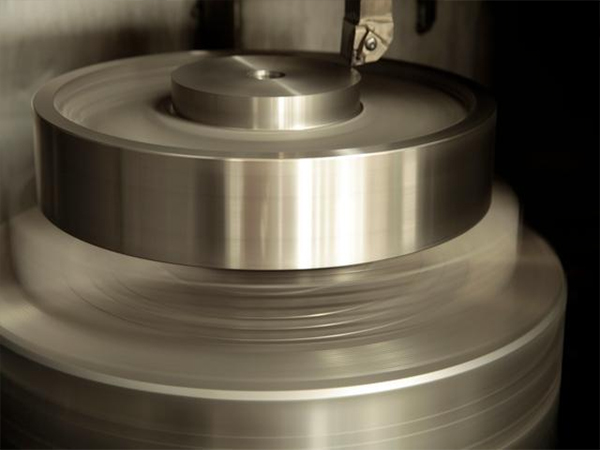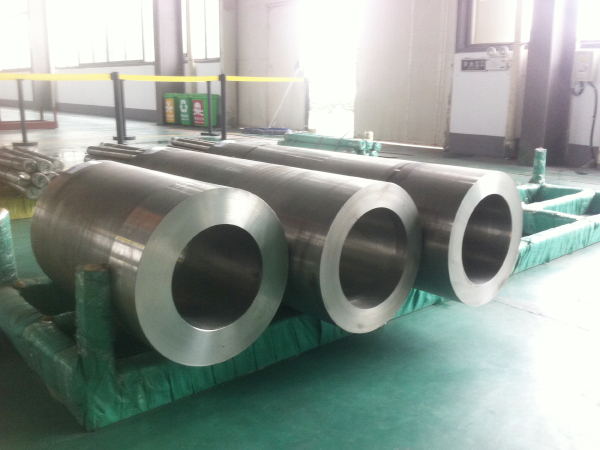Nickel-base corrosion-resistant alloys (CRAs) play an important role in industries where durability and resistance to harsh environments are required. Our team is focused on improving the performance of these alloys through advanced material science and engineering techniques. This article outlines our key strategies for enhancing the properties of Ni-base CRAs.

Optimizing Alloy Composition
One of the primary ways our team enhances Ni-base CRAs is by refining their chemical composition. By carefully adjusting the ratios of nickel, chromium, molybdenum, and other alloying elements, we can improve corrosion resistance, mechanical strength, and thermal stability. Our research focuses on:
Balancing key elements to maximize resistance to pitting and crevice corrosion
Incorporating trace elements to refine grain structure and improve toughness
Reducing impurity levels to minimize susceptibility to stress corrosion cracking
Advanced Manufacturing Techniques
In addition to composition adjustments, our team employs advanced manufacturing methods to enhance alloy performance. These include:
Precision melting processes (such as vacuum induction melting) to ensure uniform microstructure
Controlled thermomechanical processing to optimize grain boundaries and mechanical properties
Additive manufacturing for producing complex geometries with consistent material properties
Surface Modification and Coatings
To further improve performance, we explore surface treatment techniques that enhance corrosion and wear resistance without compromising the base material. Our approaches include:
Electrochemical polishing to reduce surface roughness and improve passive film formation
Protective coatings that complement the alloy's inherent corrosion resistance
Laser surface treatment to modify near-surface microstructure for improved durability
Testing and Quality Assurance
Ensuring consistent performance requires rigorous testing. Our team employs:
Accelerated corrosion testing in simulated service environments
Mechanical property evaluation under various temperature and stress conditions
Microstructural analysis to verify homogeneity and defect-free production

Conclusion
Through a combination of optimized alloy design, advanced manufacturing, and thorough testing, our team continues to improve the performance of Ni-base corrosion-resistant alloys. These efforts contribute to longer service life and greater reliability in demanding applications. Future work will focus on further refining these techniques to meet evolving industry requirements.
By maintaining a commitment to research and development, we aim to provide high-performance solutions that meet the needs of industries relying on these critical materials.